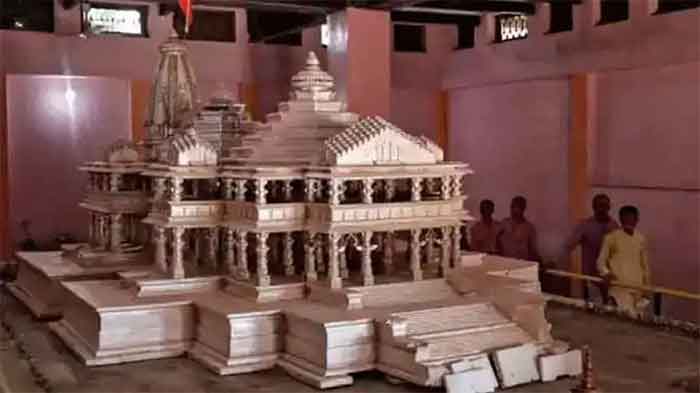
New Delhi, Jan 29: The Supreme Court on Monday, while hearing a plea from Tamil Nadu for water release by Karnataka from the Cauvery river to save its wilting paddy crop, said drinking water requirement must get priority over irrigation needs of a state.
A bench of Justices R M Lodha and J Chelameswar observed that some out-of-box thinking was required to find a solution to the vexed issue of sharing Cauvery river water among the sparring states.
The court told Karnataka to furnish details of its drinking water consumption pattern from 1992 onwards, and posted the matter for further hearing to Tuesday.
The court concurred with the finding of the Cauvery Monitoring Committee (CMC) that the storage in Karnataka reservoirs was adequate to meet only the State’s drinking water needs and that should get precedence over TN’s demand.
The bench, however, pulled up Karnataka for failing to maintain a constant flow.
“What pains us is the observation made by the CMC that you (Karnataka) have not regulated the constant flow. There are very specific observations… citizens cannot be made to suffer like this. Some equal apportionment has to be done. It can’t be left to the mercy of somebody. Of course, drinking water must get priority... The apportionment has to be done in such a manner that drinking water need is fulfilled and irrigation requirement is also met,” the bench said.
The court was hearing a plea made by Tamil Nadu seeking direction to Karnataka to release 12 tmc ft of Cauvery water to save its standing samba crop and meet the drinking water needs of the people.
The court asked senior counsel C S Vaidyanathan, appearing for TN, “What is wrong with the observation of CMC that drinking water is to be given precedence over irrigation needs?”
When the TN counsel responded that the Cauvery Water Dispute Tribunal had in its interim award in 1992 and final order in 2007 assessed the drinking water requirements, the court countered, “How can the drinking water requirement assessed 20 years back be considered today?” Vaidyanathan said this was a sorry state of affairs and TN cannot agree with everything that Karnataka says.
Senior advocate Fali S Nariman, representing Karnataka, submitted that a statutory scheme enjoined that anybody aggrieved by the order of CMC could approach the Cauvery River Authority (CRA) headed by the Prime Minister.
He said that the tribunal’s final order has been challenged by each party and the appeal was pending. “We want to find out some solution in terms of present requirement,” the court said, asking TN to explain how it calculated Karnataka’s drinking water requirement as one tmc ft a day.






Comments
Add new comment